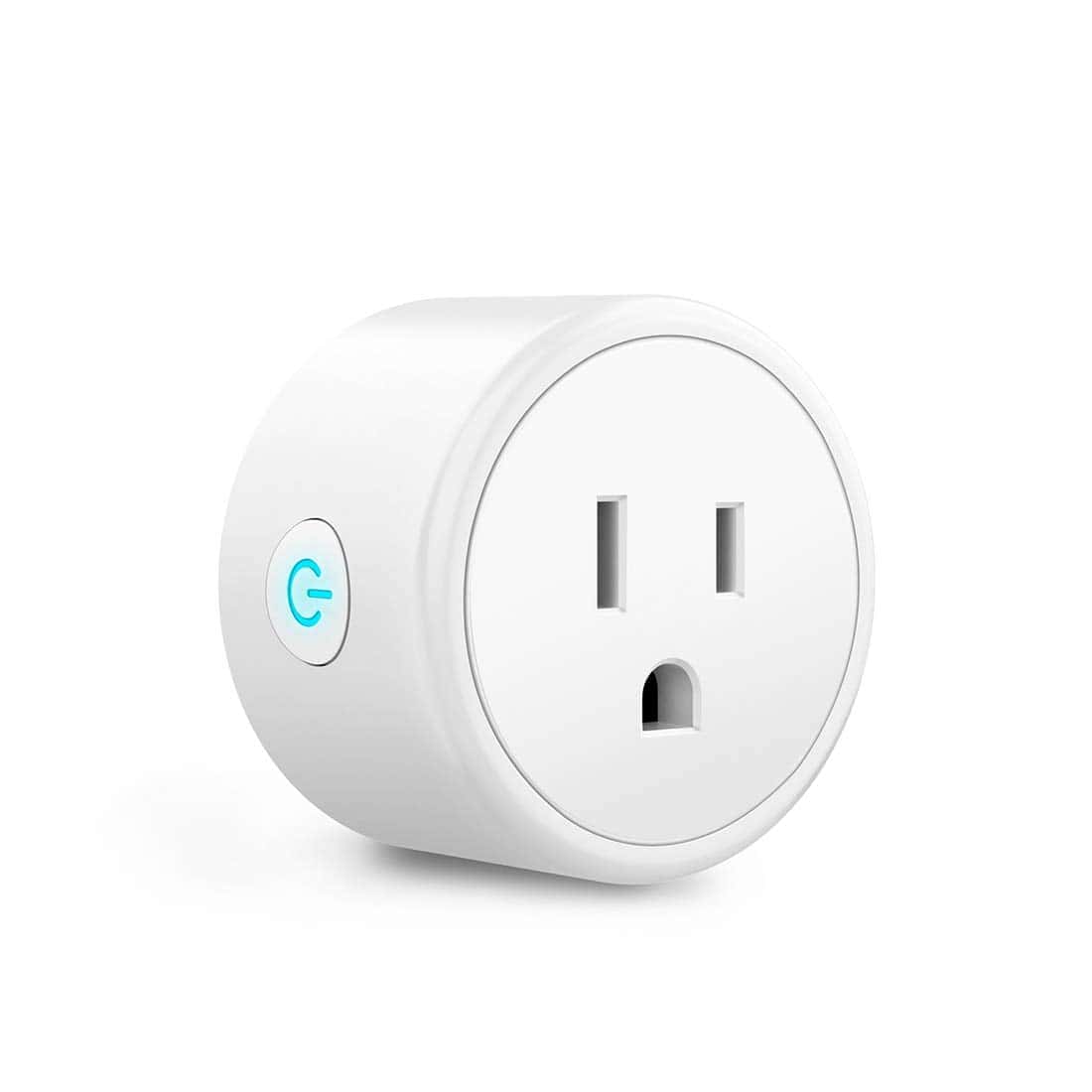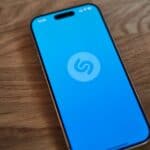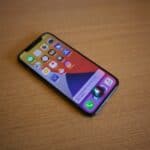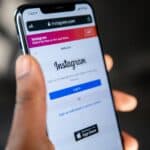If you’re struggling to connect your smart plug for the first time or if one that was previously working is giving you trouble now this guide is for you. Many users face issues with smart plugs and given how simple the devices are (from a user perspective) it can be a really frustrating game of guessing and checking to try to get them to connect. When you buy a smart plug you’re expecting a world of automated lights and appliances, but instead, you’re left staring at a blinking light and a stubborn app.
This guide is here to help you troubleshoot common connectivity issues and get your smart plug back online. Users often share their experiences on forums. One user had trouble connecting smart plugs after switching to a different router. The solution? Temporarily turning off the 5GHz connection on the hub, connecting the smart plugs, and then turning the 5GHz Wi-Fi back on.
Troubleshooting Your Smart Plug Connection
It can be frustrating when your smart plug refuses to connect, hindering your smart home ambitions. However, fear not, as there are several troubleshooting steps you can take to get things back on track.
Common Causes
- Weak Wi-Fi Signal: Smart plugs rely on a stable Wi-Fi connection to function correctly. If the signal is weak or intermittent, it can lead to connectivity problems.
- Incorrect Wi-Fi Network: Make sure your smart plug is connected to the correct 2.4 GHz Wi-Fi network. Many smart plugs don’t support 5 GHz networks.
- App or Firmware Issues: Outdated app versions or firmware on your smart plug can cause compatibility issues.
- Device Conflicts: Interference from other devices or network congestion can sometimes disrupt the connection.
- Hardware Malfunctions: In rare cases, the smart plug itself may be defective.
Troubleshooting Steps
| Step | Action |
|---|---|
| 1. Check Wi-Fi Connection | Ensure your smart plug is within range of your router and receiving a strong signal. You might need to reposition the router or the plug. |
| 2. Verify Wi-Fi Network | Confirm that your smart plug is connected to the correct 2.4 GHz Wi-Fi network and that you’ve entered the password correctly. |
| 3. Update App and Firmware | Check for updates for your smart plug’s app and the plug’s firmware. Update both to the latest versions. |
| 4. Power Cycle | Unplug the smart plug from the outlet and wait a few seconds before plugging it back in. This can often resolve minor glitches. |
| 5. Reset Smart Plug | Consult your smart plug’s manual for instructions on how to perform a factory reset. This will erase all settings and allow you to start fresh. |
| 6. Reduce Device Interference | Temporarily move other devices away from the smart plug and router to minimize potential interference. |
| 7. Contact Manufacturer Support | If none of the above steps work, reach out to the manufacturer’s customer support for further assistance. |
Troubleshooting a Smart Plug Not Connecting
Having your smart plug refuse to connect can be frustrating, but fear not! Here’s a table to help you diagnose and fix the issue:
| Possible Cause | Solution |
|---|---|
| Weak Wi-Fi signal | Ensure your smart plug is within range of your router and has a strong signal. You can check the signal strength on your phone or laptop near the plug. If necessary, move the plug closer to the router or consider a Wi-Fi extender. |
| Incorrect Wi-Fi password | Double-check that you’re entering the correct Wi-Fi password during the setup process. Pay close attention to capitalization and special characters. |
| Smart plug not in pairing mode | Consult the user manual for your specific smart plug to ensure you’re putting it in pairing mode correctly. This usually involves holding a button for a certain amount of time until the indicator light starts blinking. |
| App issue | Close and relaunch the app you’re using to control the smart plug. If the issue persists, try uninstalling and reinstalling the app. |
| Router issue | Restart your router and modem. This can often clear up temporary glitches that might be interfering with the connection. |
| Outdated firmware | Check if there are any firmware updates available for your smart plug. Updating the firmware can sometimes fix connectivity issues. |
| Incompatible network | Some smart plugs only work with 2.4 GHz Wi-Fi networks. If your router broadcasts both 2.4 GHz and 5 GHz networks, try temporarily disabling the 5 GHz network to see if the smart plug connects. |
| Faulty smart plug | If you’ve tried all of the above troubleshooting steps and your smart plug still won’t connect, it may be faulty. Contact the manufacturer for support or warranty replacement. |
Additional tips:
- Make sure your smart plug is plugged into a working outlet.
- Try using a different smartphone or tablet to connect the smart plug.
- Reset your smart plug to factory settings and re-configure it from scratch.
- Consult the online support resources for your specific smart plug model.
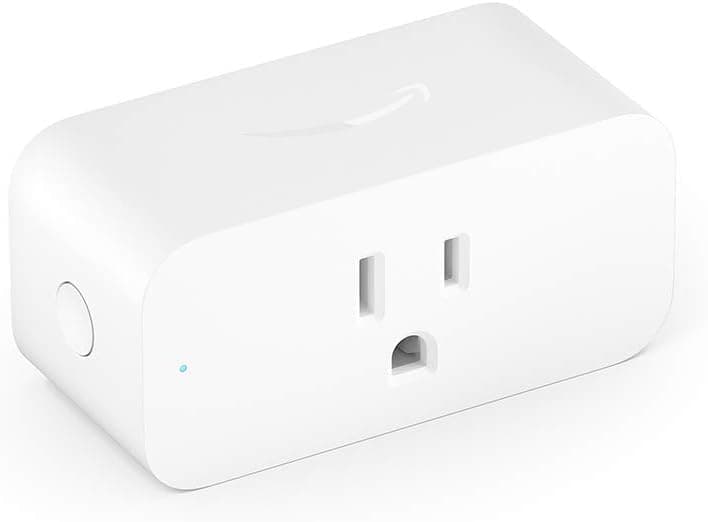
Understanding the Basics
What is a Smart Plug?
A smart plug is a small device that plugs into a traditional wall socket, allowing you to control power to any appliance connected to it remotely. These devices connect to your Wi-Fi network, enabling you to turn appliances on or off using your smartphone or voice commands through smart home assistants like Alexa or Google Home.
Common Connection Issues
Most smart plug issues stem from connectivity problems. These can be due to outdated software, distance from the Wi-Fi router, or incorrect setup procedures.
Troubleshooting Your Smart Plug Connection
1. Check Software Versions
Ensure both your smart home assistant device (like Alexa) and its app are updated to the latest versions.
2. Wi-Fi Network Consistency
Your smart plug and Alexa device should be on the same Wi-Fi network.
3. Proximity Matters
Keep your smart plug within 30 feet of your Alexa device for optimal connectivity.
4. Reset and Reconnect
If the above steps don’t work, reset your smart plug by pressing and holding its button for 12 seconds. Then, set it up again as a new device.
Dealing with Specific Smart Plug Models
Different smart plugs may require unique troubleshooting steps. For instance:
- Delete Old Devices from the App: If an old device is still listed in your app, remove it before trying to connect a new smart plug.
- Router Issues: Check if your router is hiding the Wi-Fi signal. If so, make it visible and restart the router.
- App Problems: Sometimes, clearing the app data or reinstalling it can resolve connection issues.
- Bluetooth Connectivity: Ensure Bluetooth is enabled on your device if required by the smart plug.
- Factory Reset: As a last resort, long-press the smart plug switch to restore factory settings.
Tables for Quick Troubleshooting
| Issue | Potential Solution |
|---|---|
| Outdated software | Update your smart home assistant and its app |
| Wi-Fi inconsistency | Ensure both devices are on the same network |
| Distance issue | Keep smart plug within 30 feet of the assistant device |
| Setup error | Reset and set up the smart plug again |
Summary of Facts
- Smart plugs allow remote control of appliances via Wi-Fi.
- Common issues include outdated software and Wi-Fi inconsistencies.
- Resetting the smart plug often solves connectivity problems.
- Specific models may require unique troubleshooting steps.
- User experiences can offer practical solutions to common problems.
FAQ
How do I reset my smart plug?
Press and hold the button on the smart plug for 12 seconds, then set it up again as a new device.
What should I do if my smart plug is not in the app’s list of devices?
Remove any old devices from the app and try adding the smart plug again.
My smart plug used to connect but now doesn’t. What should I do?
Check for any software updates for your smart home assistant and the app, and ensure the smart plug is within a suitable range of your Wi-Fi router.

